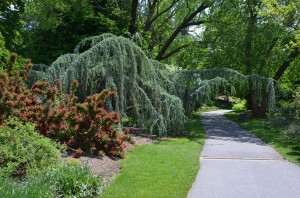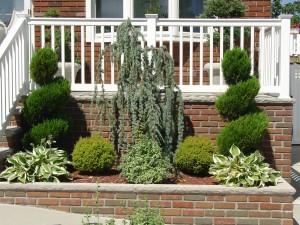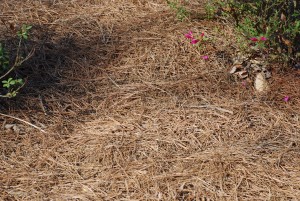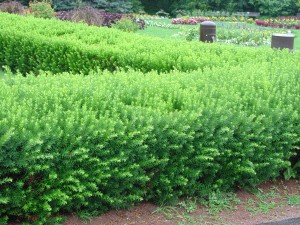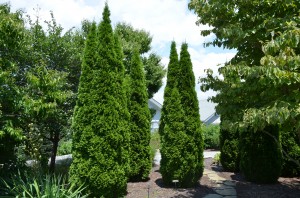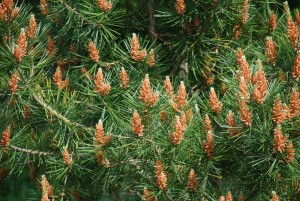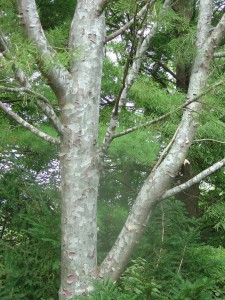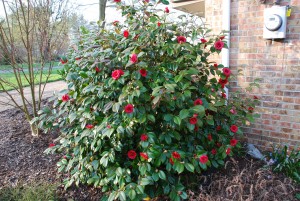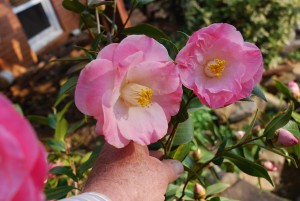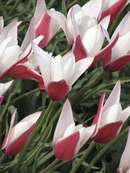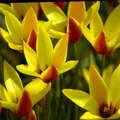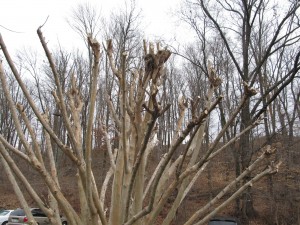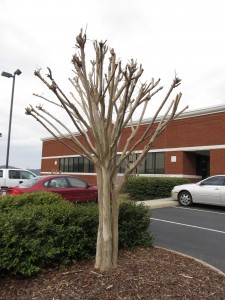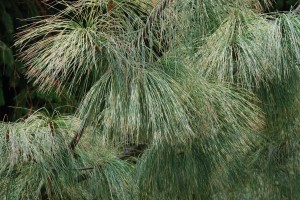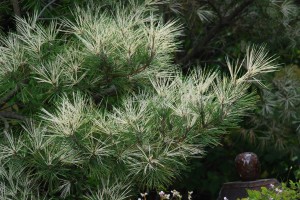Atlas cedar (Cedrus atlantica) hails from the Atlas Mountains in northern Morocco and Algeria (USDA hardiness zone 6-9). ‘Glauca Pendula’ is a popular weeping form with blue green needle foliage. It is found in limited quantities at full service garden centers.
Mature forms of weeping blue atlas cedars take up lots of space. When young its natural weeping form perform as a ground cover and requires support on stout vertical stakes, trellises, pergolas, or espaliered against a wall. It may reach heights of 30-40 feet if purposely supported on a vertical pole to grow skyward. Each year the wire or nylon ties must be loosened and retied to avoid stem girdling. Spread, height and plant form is dependent on how the tree was trained (and pruned).
Placement is often the worse mistake a plant buyer makes. Allow plenty of room for branches to spread. Set a specimen many feet away from a home and garage. Also, keep distant from walkways and public sidewalks. Older trees become flat-topped and are a beautiful sight to behold
Tufts of 1-inch long deep blue needles develop from late spring through early fall. Needle color over winter washes out to slate blue; it may lose most needles where winter temps are severe. The 3-4 inch long cylinder shape cones lay above the needle foliage and need two years to mature.
Blue Atlas prefers a deep, well-drained, slightly acidic soil. Heavy snow loads may result in some breakage. Pest and disease problems are rare if planted on an open full sun site along with adequate air movement. Permit 2-year establishment period; keep adequately watered in a hot dry summer. A multi-year old specimen develops exceptional heat and drought toughness.

